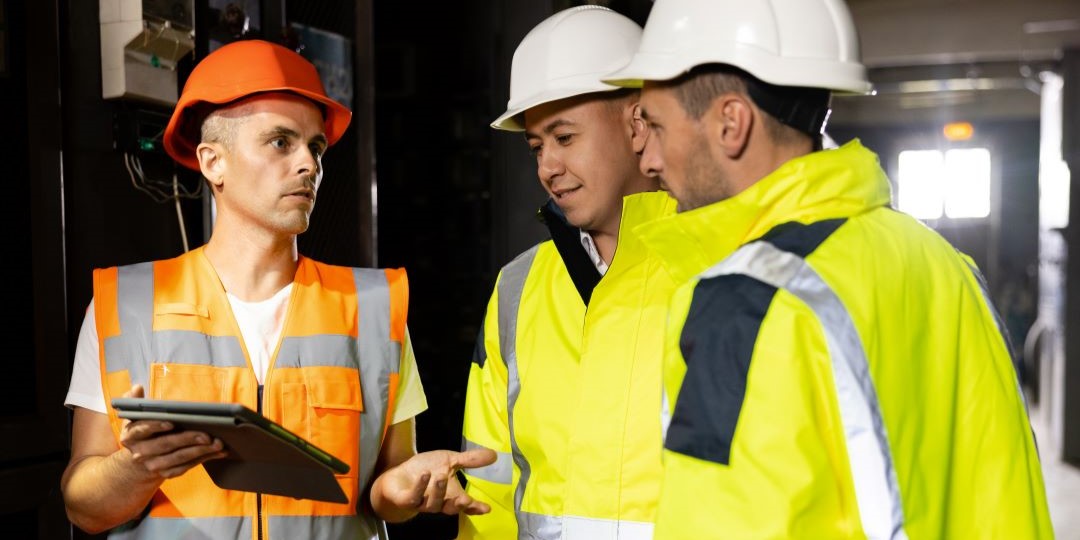Backwashing the Closed Cycle Heat Exchanger
by Jorge Esparza – Plant Manager, Leonel Rosas – Production Director,
and Erasmo Casados – Operations Manager, Tuxpan II & V, Veracruz, Mexico
The Challenge
In the MHI´s operating procedures of the plant, they provide to NAES a safe way to isolate the
exchanger for cleaning when it has already been soiled and its heat exchange is no longer sufficient to
cool the plant equipment. This cleaning consists of mechanically disassembling the exchanger and
washing plate by plate. On the other hand, there is a backwash procedure that is not effective.
The Solution
The objective of the new procedure proposed by NAES is to perform a washing activity without
disassembling the exchanger, taking advantage of the same seawater pressure that is used for cooling in
an inverse way. With this, it is possible to extend the clean operation of the exchanger without
disassembling and minimize maintenance costs.
We considered that the constant winds along the coast and the seasons of gusty winds coming from the
north of the region increase the amount of dirt in the sea water, causing the heat exchangers to get
clogged with dirt approximately 10 to 15 times a year.
Steps:
Phase 1 – Draining of the exchanger
1. Close the seawater inlet valve to the exchanger
2. Close the seawater outlet valve to the exchanger
3. Open the exchanger seawater drain and confirm that it is completely empty
4. Close the closed cycle water inlet valve to the exchanger
5. Close the closed cycle water outlet valve to the exchanger
6. Open the closed cycle water side venting valve
7. Open the closed cycle water drain to the exchanger and confirm that it is completely empty
Figure 1: Close the seawater inlet valve to the exchanger
Figure 2: Close the closed cycle water outlet valve to the exchanger
Phase 2 – Backwash procedure
1. Open and close constantly the seawater outlet valve
2. Leave the seawater drain open, so that the dirt comes out during this process
3. Open the seawater inlet valve, with the drain open, to allow possible dirt to exit
4. Repeat as many times as necessary until no more dirt escapes
5. Apply filling procedure and make the exchanger available, always maintaining a high level of
vertical pipe
Figure 3: Open the closed cycle water drain of the exchanger and confirm that it is empty
Figure 4: Open and close repeatedly the seawater outlet valve
The Results
The process indicates to us when the temperature of the closed cycle cooling water rises to a level that
is no longer cooling the equipment. At this point, we measure the temperature difference between the
seawater and the inlet to the exchanger. Comparing the water temperature of the exchanger’s closed
cycle system with this data gives us the guideline to decide if the exchanger should be changed. Once
the change has been made, the ‘dirty’ exchanger is backwashed.
We calculated the savings from implementing this procedure to be approximately $30,000 USD
annually.
